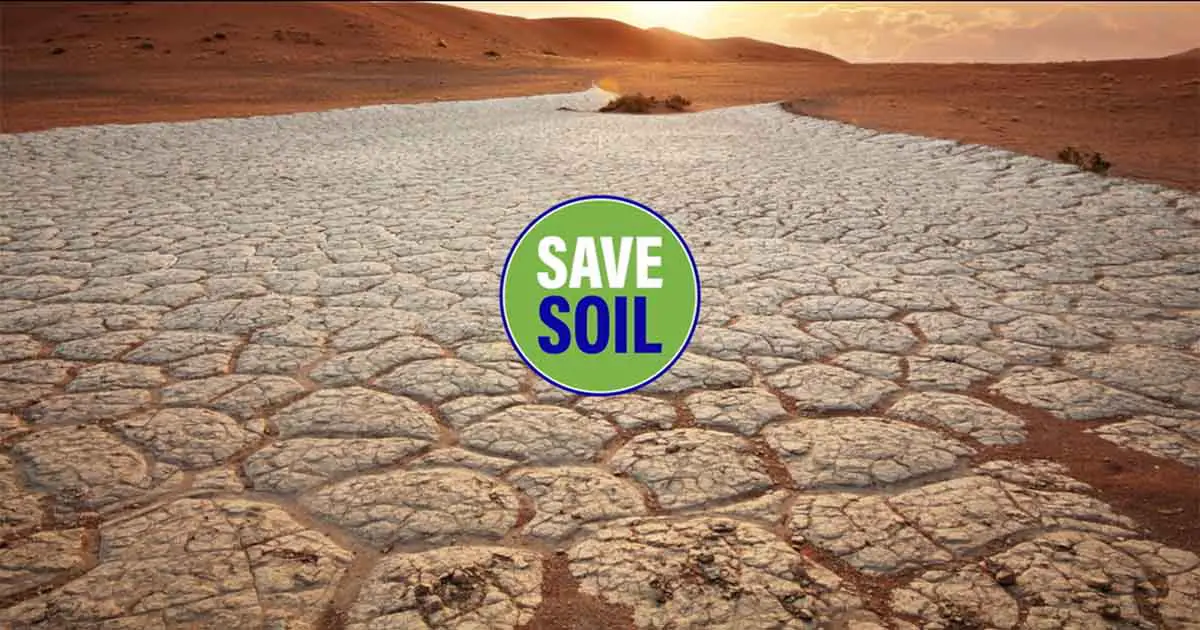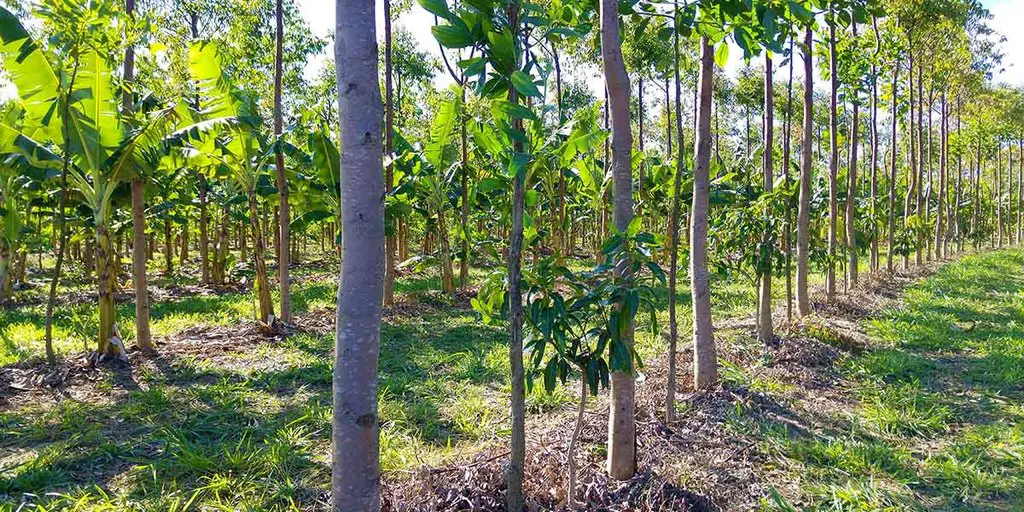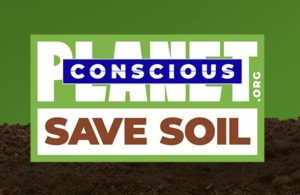Description of save soil project
Save Soil is a global campaign started by Sadhguru, an Indian spiritual leader, to combat land degradation and promote healthy soil. The initiative was presented on 5 April 2022 at the United Nations in Geneva by the Isha Foundation and supported by the WHO, UN SDG lab, and IUCN.


Why do we need to save the soil?
An average of thirty-nine inches of topsoil supports 87 percent of all living forms on the world, including microorganisms, worms, insects, birds, animals, humans, plants, trees, and all other vegetation. And it is currently in significant threat. In the previous four decades, 40% of the world’s topsoil has vanished. According to the United Nations, we only have enough soil for 80 to 100 harvests, which means another 45 to 60 years of agriculture. We won’t have any soil left to grow food after that. You can imagine how much agony we will cause in the world. Thirty percent of India’s land is already degraded, and soil is turning to desert in 90 percent of the country’s states. Nothing can be grown there as a result. The most important thing is to safeguard the soil for future generations.
Five methods of soil revitalization
1. Organic Content builds healthy soil
People in India have been cultivating the same land for thousands of years. However, the soil quality has deteriorated to the point where it is on the verge of becoming a desert in the last generation. Organic material must be added to the soil if it is to be preserved. However, all of our trees have been felled, and millions of animals have been removed from the country. These aren’t animals; this is our dirt, which is being shipped to another country. How will you restore the soil if this happens?
You can’t put anything back if there are no leaves or animal waste. This was common sense in every farming family. They knew how many animals and trees you need on a given piece of property.
There is a national desire in India, which was established by the former Planning Commission, that 33% of the country should be shaded, because that is the only way to maintain the soil. And I’m attempting to have a rule passed that says if you own one hectare of property, you must have at least five bovine cows on it. There is one incredible aspect of this place about which we have scientific evidence but no scientific logic.If you go to a good soil location in this country and collect one cubic meter of soil, it is estimated that there are 10,000 species of life in just one cubic meter. This area has the highest concentration of life on the planet. We have no idea why. So this soil only requires a little help. If you give it just a little help, it will swiftly recover.
With fertilizer and a tractor, you can’t maintain soil rich. Animals are required on the land. When we farmed crops in the past, we just harvested the crop and the remainder of the plant and animal waste was always returned to the land. That wisdom appears to have been lost.


2. Tree-based agriculture or agroforestry
The word “forest produce” must drop from our vocabulary. Forest product does not exist since there is insufficient forest on this planet to use as a source of food. That was a different time period. Forest products cannot discuss in the future.
We won’t be able to develop a new rainforest since it will take millennia of effort. However, we can certainly increase tree cover, and tree cover cannot achieve without a shift to tree-based agriculture. And, because farmers own a big portion of the land, trees will not be planted unless we make it profitable for them to do so.
After years of effort, the United Nations is finally acknowledging that tree-based agriculture is a critical component of the solution. That is what we have been advocating for the past 22 years. And we now have over 107,000 farmers practicing tree-based agriculture, demonstrating that it is both ecologically and economically viable.

3. Reduce meat consumption
Animals and their food occupy over 77 percent of the world’s agricultural land, or approximately 40 million square kilometers. Meat intake is one of the simplest things to reverse when compared to other accessible options. If you cut your meat consumption in half, you’ll free up 20 million square kilometers of land on the earth for tree-based agriculture. You can generate all the goods you get from the forest on agricultural land if you plant those several trees.
Farmers will prosper, and the land will improve. You don’t have to give up meat in this situation; simply eat 50% less. All of your doctors advise you to do it. This isn’t even an environmental solution; it’s a life-saving health solution.
4. Fruit diet- healthy for you and the planet
If someone is unwell in the hospital, you are not going to bring them steak or biryani. You take fruits. “At least for now, eat properly!” says the statement. However, the one who takes it does not receive it! When explorers like Hiuen Tsang and Megasthenes visited India, they noticed that the Indians eat a disproportionately great amount of fruit, and they speculated, “That could be the reason why they are so intelligent.” We are growing dumb as a result of our indifference to what we eat.
Your health will be readily managed if the food you eat contains more than 75% water. The water content of a raw vegetable is often greater than 70%. A fruit’s water content is usually greater than 90%. So that is the most effective diet. At least 30-40% of our diet should come from trees, not from a four-month crop cycle. That means we should all eat a bit more fruit. Fruit is currently pricey since it is imported from New Zealand, Australia, or Thailand. It is not very expensive to grow native tropical fruits here.

5. Building a conscious planet
We would have dealt with any other species that had caused the same level of devastation to the world as we have. We would have eliminated them if billions of Martian locusts appeared here and began cutting down all of our trees, turning our soil into deserts, and sucking the water out of our rivers. The issue, though, is not alien locusts. The issue is with us.
We can be the source of the solution since we are the source of the problem. We are only an issue because we are acting in an unconscious, compulsive manner. We would naturally be a solution if we were conscious. This is why Sadhguru have been collaborating with UN agencies and other groups to propose the concept of a “Conscious Planet” movement.
There are 5.2 billion individuals who live in countries where they can vote and choose their country’s leaders. We’re trying to figure out how to get at least three billion people on board so that environmental issues become election issues. We want to educate these three billion people on at least five environmental features that must occur in their country, as well as two or three that must not occur. If we accomplish this, the environment will become, if not the most important subject, at least the second most important one in election manifestos.
Currently, almost 95% of the world’s population is completely unaware of the ecological crisis unfolding around them. Only a small percentage of the population is environmentally conscious, and even among them, the concept of ecology is generally limited to conserving water while showering or turning off the tap when brushing teeth. It’s great that people are aware of what they’re using, but this isn’t a complete environmental solution. Only when environmental issues become election issues will they become government policy, and only then will sufficient sums be allocated to make solutions a reality.




